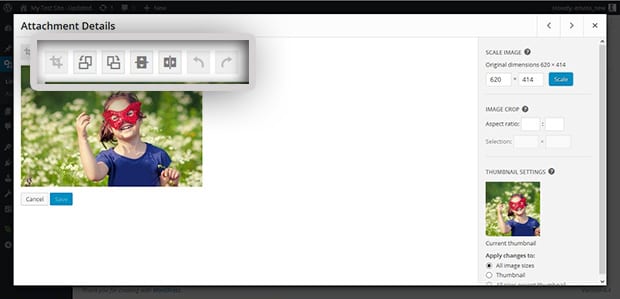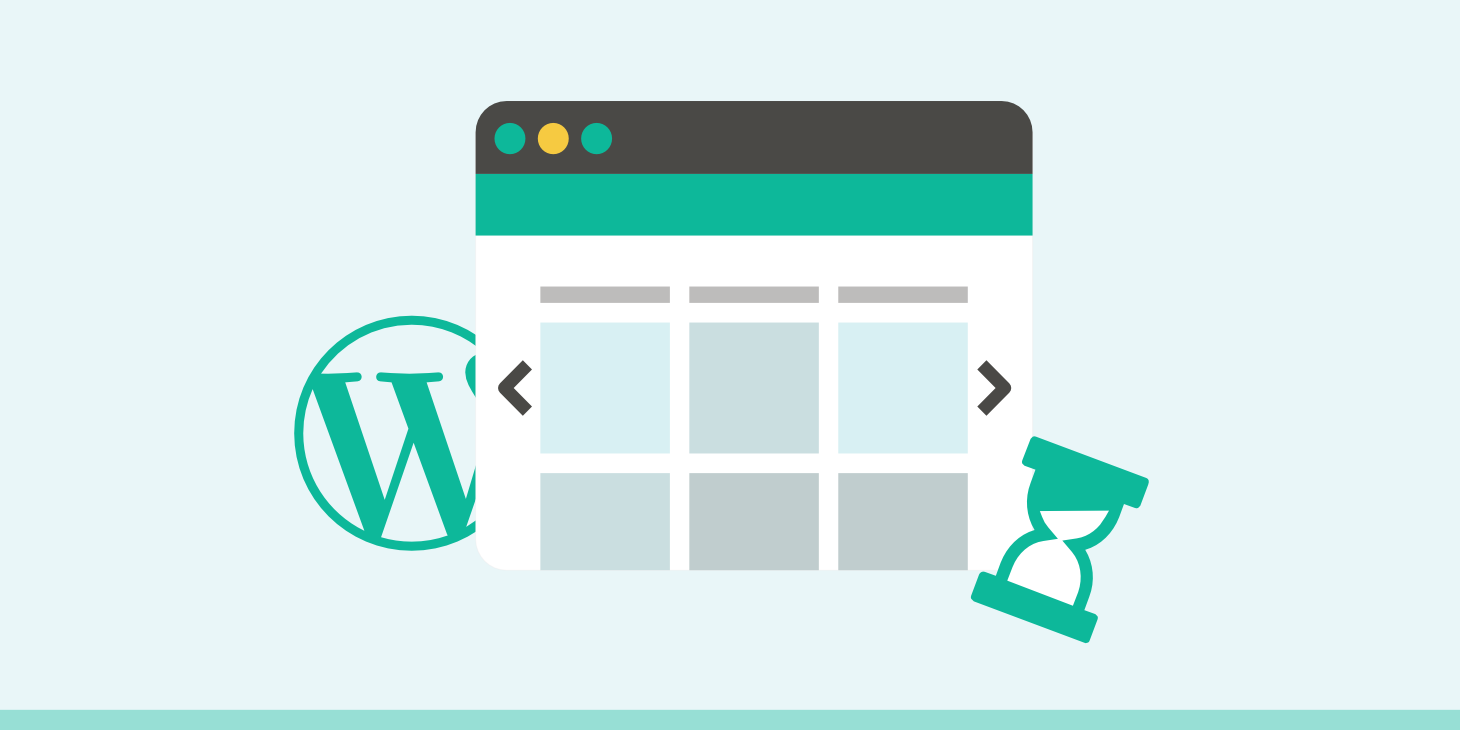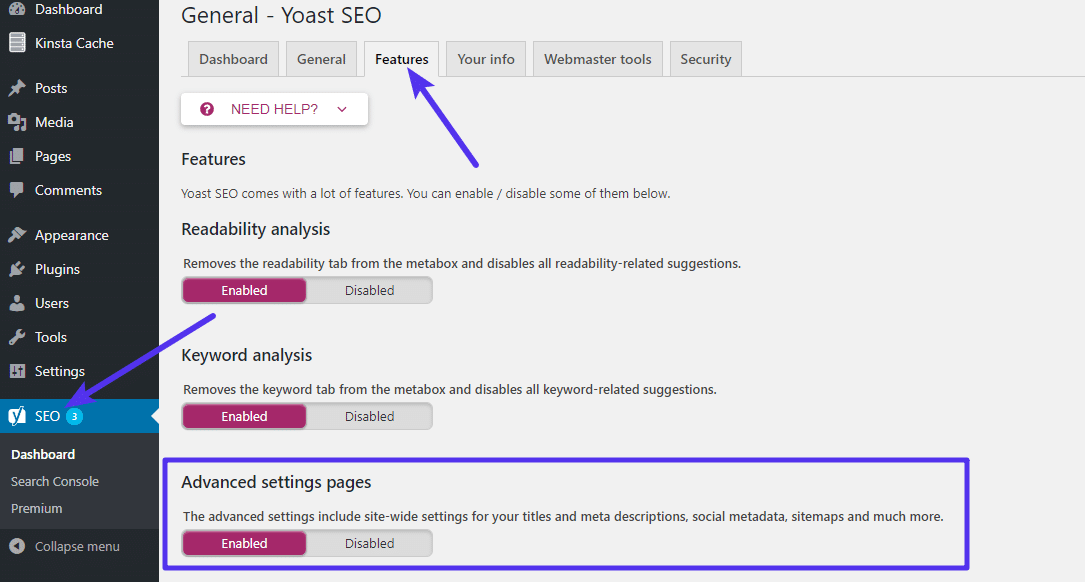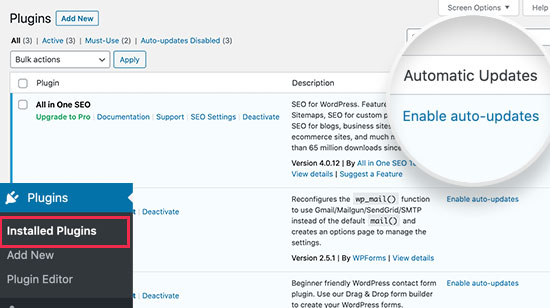
WordPress has just released version 5.5 and it’s one of the most feature-packed updates since the launch of version 5.0 in December 2018. Here, we’ll look at some of its most useful and helpful advancements.
1. Gutenberg enhancements

The latest update sees further enhancements to the popular Gutenberg block editor which was first launched with WordPress 5.0. The interface has been tweaked to make it more user-friendly, more blocks have been added to build pages with and there are two new features: block patterns and block directory.
Block patterns are predefined block layouts that can be inserted onto your pages with settings already in place. They can save users a great deal of time and effort and can be tweaked if required. What’s great about the feature is that patterns can be created and shared, so while there are not many available at the moment, the intention is that developers will begin to create these predefined blocks and make them available in the same way that plugins are available now.
With the expectancy that the number of blocks and block patterns will rise dramatically, WordPress has introduced the block directory. Similar to the plugin and theme directory, it is designed to help users browse and search for the blocks and patterns they want to use.
2. Easier image editing

Any images inserted into the standard image block can now be edited without having to open them in the media library. Instead, they can be cropped, resized and rotated within the block itself. The biggest benefit of this is that you can see the changes straight away, saving users the hassle of going back and forth to the image library until they get the image exactly as they want it. Unfortunately, this doesn’t happen on other types of block, though it may be something seen in a future update.
3. Lazy-loading images

Good news for those wanting their WordPress website to load faster is that version 5.5 makes lazy-loading the default image setting. This means images are only downloaded to a user’s browser as they scroll down the page towards them. By delaying the download of image files, the rest of the site can load on the browser much quicker. Not only is this great for the user experience; it will also help with SEO, with page speed being an important ranking factor.
4. Responsive content previews

While page previews have always been possible in WordPress, version 5.5 gives you the chance to view how your unpublished page will look on smartphones and tablets as well as on PCs. With Google’s drive towards ‘mobile-first’ website development, this can help the pages you publish to meet the search engine’s high expectations for how a website looks and works on mobile devices. Even more importantly, it will ensure your site continues to communicate effectively as the use of mobile browsing grows.
5. Default XML sitemaps

XML sitemaps are highly valuable files that enable search engine crawlers to index every part of your website. Without them, there’s a chance that parts of your site might not get indexed and, as a result, not be searchable on the internet. Indeed, it is possible to upload these files to Google’s Search Console so that any changes you make to your site can be indexed automatically without you having to wait for the search engine crawlers to seek them out.
Prior to this version, users needed a plugin to generate an XML sitemap, however, the 5.5 update generates them automatically.
6. Automatic updates for plugins

Finally, we come to our favourite feature: automatic updates. As a web host, the security of our customers’ websites is a major concern and one of the biggest threats comes from vulnerabilities in plugins. While these vulnerabilities are usually spotted and patched very quickly by developers, millions of websites don’t update to the newer versions quickly enough and this leaves them open to cyberattacks.
The easiest solution is to enable automatic updates and this has been possible for some time using plugins like Jetpack or, for users of cPanel, in the actual control panel. Thankfully, this feature has now been built into the WordPress core and so is available to every user without the need for third-party software, and this should make millions of websites far more secure.
However, as some WordPress websites rely on legacy plugins, the new version does not make automatic updates the default setting. Indeed, there is always a remote possibility that an update might cause a compatibility issue which you may wish to test before going live with it. However, if you are confident about the plugins you use and wish to enable automatic updates, you can do so in the ‘Plugins’ area of version 5.5.
Conclusion
As you can see, WordPress 5.5 is a major update providing some very useful new features. It will make it easier to build better pages and edit images, help websites to perform better, especially on mobile sites, it will improve SEO through faster loading and XML sitemaps, and it will enhance security by offering automatic updates.






